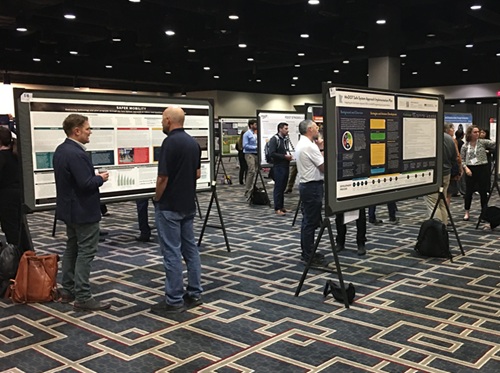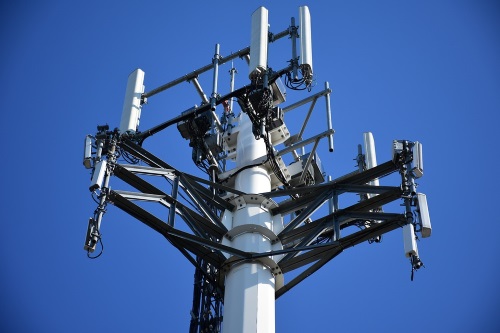The Federal Communications Commission recently joined with the National Science Foundation and the National Telecommunications and Information Administration to support NSF’s Spectrum Innovation Initiative – an effort launched in 2020 to seek ways to expand the electromagnetic spectrum for wireless communications.
[Above photo via Pixabay.]
Jessica Rosenworcel, the FCC’s acting chairwoman, characterized this “memorandum of agreement” in a statement as “one step toward revitalizing the interagency coordination process” to produce results for American consumers and the economy.

“Better coordination between these agencies ultimately means more spectrum and more innovation to help restore American wireless leadership and build the 5G future,” she said.
“Spectrum is the backbone of America’s wireless leadership, and we applaud NSF’s investments in spectrum research and development,” added Evelyn Remaley, NTIA’s acting administrator. “Engaging with spectrum experts from the FCC, NTIA and the NSF on high-impact, cutting-edge research is important to American competitiveness and spectrum sharing.”
“NSF’s Spectrum Innovation Initiative was created to find ways to maximize our nation’s limited radio spectrum resources,” noted Sean Jones, NSF’s assistant director for mathematical and physical sciences. “This agreement will provide enhanced access to NTIA and FCC expertise, helping us focus spectrum research and develop a technologically sophisticated workforce at the speed this nation requires to stay at the forefront of innovation.”
The multiagency memorandum of agreement also intends to ensure that FCC and NTIA staff can provide their subject matter expertise to help ensure that NSF’s spectrum initiative investments are in alignment with U.S. spectrum regulatory and policy objectives, principles, and strategies.
Key research areas include spectrum flexibility and agility, working toward near real-time spectrum awareness, and improved spectrum efficiency and effectiveness through secure and autonomous spectrum decision-making, the agencies said.
This agreement comes at a time when states are seeking more input regarding spectrum allocation, especially in the 4.9-gigahertz (GHz) band.
The American Association of State Highway and Transportation Officials sent a letter to the FCC on January 12 to express concern regarding the FCC’s plan to make changes to that spectrum due to its “important role” in supporting unmanned aerial system or UAS operations.
 Nation
Nation
The State DOT Role in Safer Land Use Decisions
October 31, 2025 Nation
Nation

